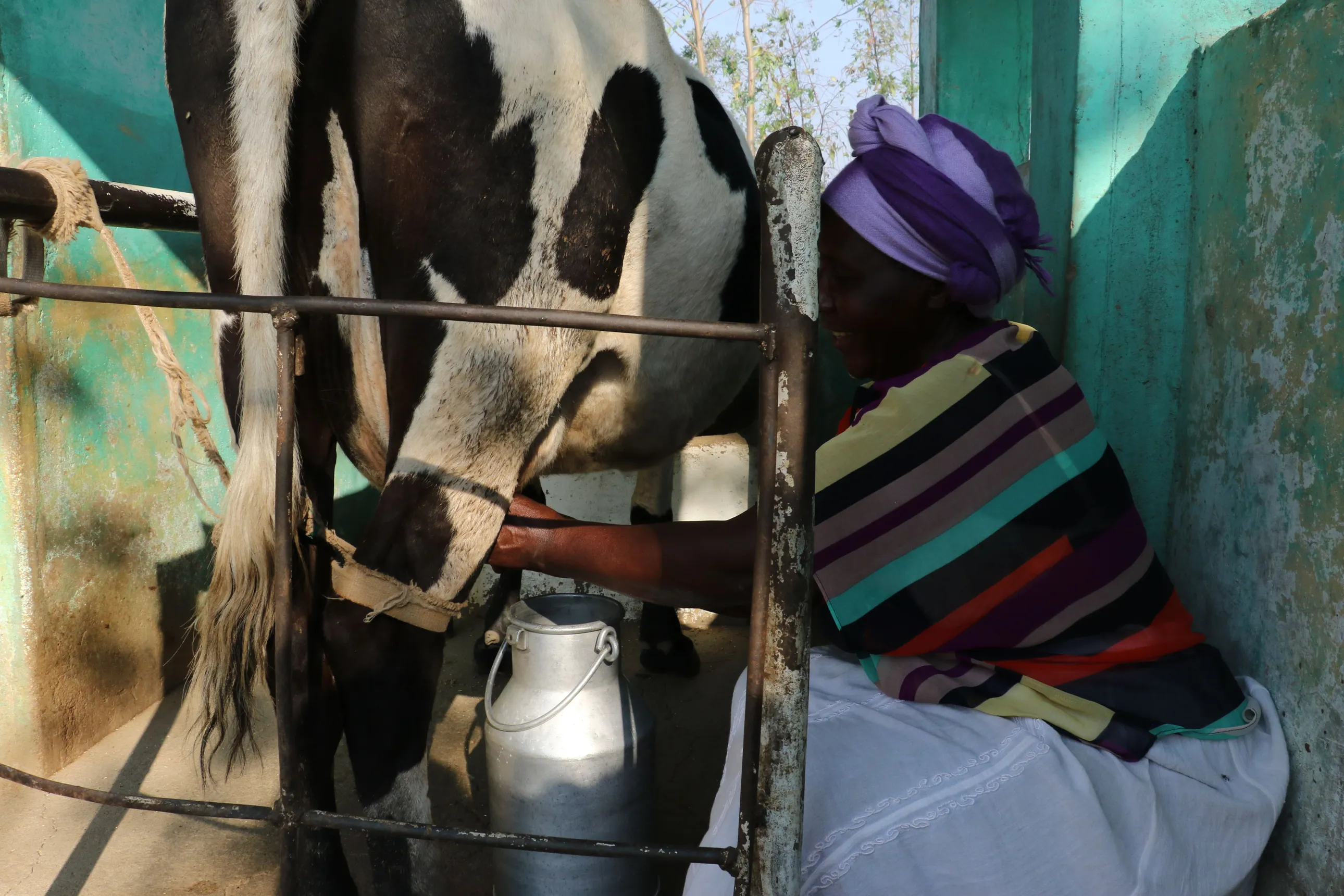Dairy Sub-sector Revitalisation project
Zimbabwe,
concluded

Traditional ways of milk processing at dairy hubs rely on scarce firewood. This source of energy is not only detrimental to the environment but it is also costly in terms of time and money.
Traditional ways of milk processing at dairy hubs rely on scarce firewood. This source of energy is not only detrimental to the environment but it is also costly in terms of time and money.
The use of other energy sources like electricity is limited due to both investment costs and availability. Biogas and solar energy are climate smart options for improving the milk chain and milk pasteurisation that can improve the supply capacities of dairy hubs. The aim of the project is to develop and promote the adoption of biogas as a low-cost renewable energy source for milk chilling and processing and reduce utility costs and post-harvest milk losses at dairy hubs. The overall effect is to increase household incomes through improved supply capacities.
Achievements:
The heifer breeding centre offers many benefits to the dairy hubs: milk for improved revenue to cover the running costs of the centre, cow dung for biogas used in milk pasteurization and milk cooling and slurry for pasture production and organic vegetables.
Skills development and knowledge on milk quality, safeguarding consumer health and climate smart agricultural innovation and technology.
Development of biogas refrigerators that are being tested for effective milk cooling.
Transformation of MCCs into dairy hubs that offer competitive services to members and markets.
Development of entrepreneurship.
Technological upgrade of small-scale milk processing.
Enhanced support to dairy multistakeholder platform and development of dairy standards.
Trained paravets and extension staff to adopt artificial insemination as an improved breeding technology.
The biogas technology has made so much difference to us. We now send twice as much milk to the Nharira milk collection centre.
Mrs Madyangove, Dairy Farmer, Nharira